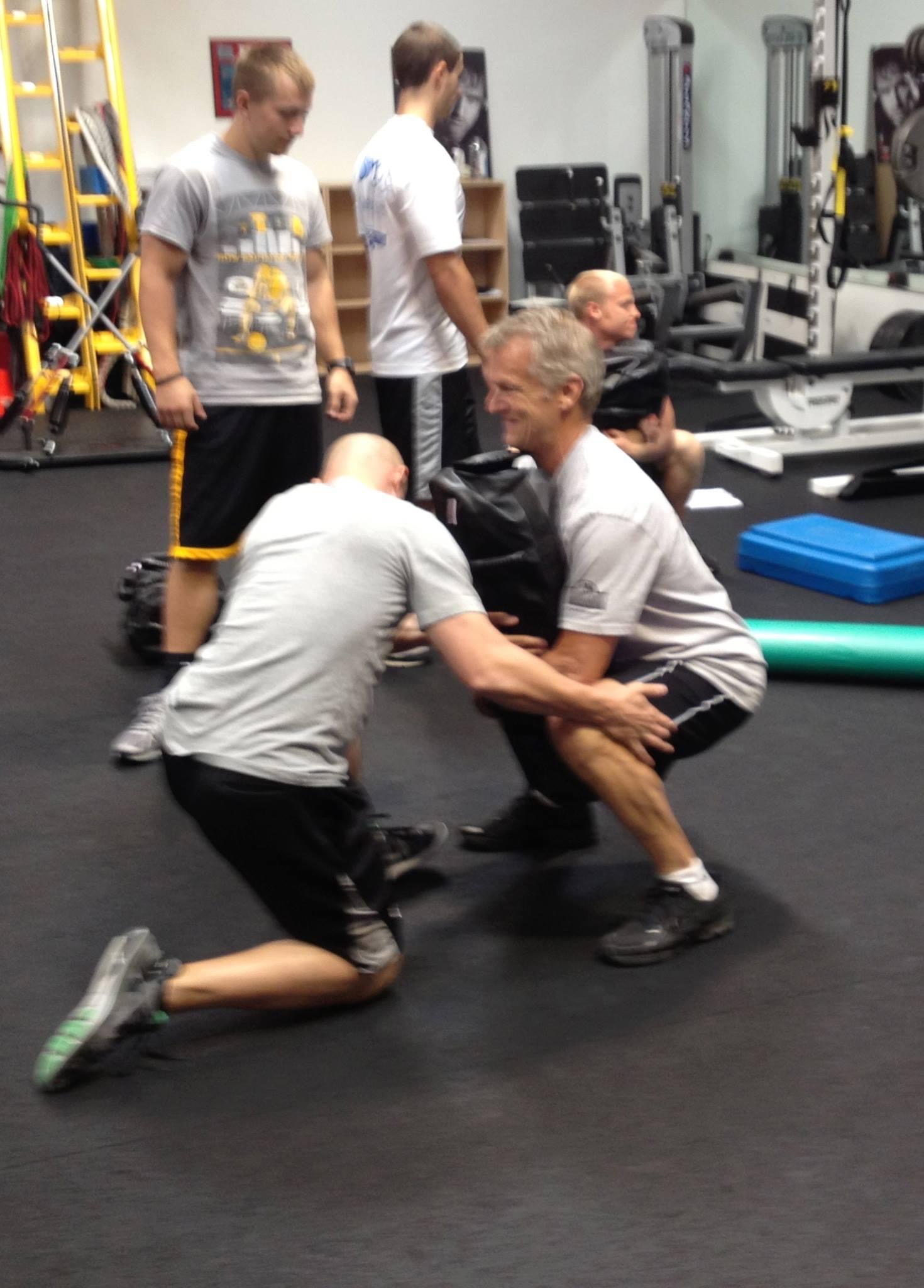Why Fitness Often Doesn’t Know Squat About Squats
2024-11-11
When it comes to classic gym exercises, few seem as essential as squats. No one can deny that squats are versatile—they’re great for building muscle, reducing aches and pains, and boosting performance across a variety of sports. But here’s the thing: we’re probably not getting all the benefits squats have to offer because we’re missing out on some key opportunities.
What are those opportunities? Here are three ways to maximize your squat game, not just for variety, but for results that go beyond the basics!

1. Recognizing How Different Tools Transform the Squat
Most people think grabbing a barbell, dumbbell, kettlebell, or Ultimate Sandbag makes no difference—you just squat with weight, right? Not quite! Each tool offers a unique way to teach and reinforce different aspects of the squat. The barbell might get the most attention, but it’s not necessarily the most effective.
Here’s why: the barbell’s placement (back, front, or overhead) changes the lift, but it’s often praised because you can load it up the heaviest due to stability. This doesn’t always mean a “better” workout, just a more balanced load. Front squats, for example, may actually benefit most people more since they require core engagement and give the equal amount of work to the lower body even at lower weights. The core engagement the front loaded position allows for is also been known to boost both lower-body mobility and strength (2,3). But because front squats can be challenging due to upper body restrictions, kettlebells and Ultimate Sandbags provide feedback to the core in ways barbells don’t.
2. Exploring Holding Position Changes
One powerful DVRT principle is to vary the holding position, which adjusts exercise intensity without drastically increasing load. Kettlebells and Ultimate Sandbags excel here, as they offer more versatile holding options than barbells. This helps build not only leg strength but also total-body stability and coordination.
View this post on Instagram
3. Adjusting Body Position for Enhanced Results
Another overlooked aspect of squatting is changing body position. Research shows that single-leg squats can build more strength than traditional two-leg versions, given the right loading. However, single-leg squats can be tough for many people to master. By progressing incrementally through various stances and single-leg squat modifications, we can unlock the power of unilateral training without overwhelming anyone.
Ready to level up your squat routine? Dive in and see how these tips can transform your approach!
Learn how to unlock so much MORE in your squat with our LIFT squat module or DVRT Rx Healthy Knees programs HERE and get our buy one online course or workout program and get a second 50% off with code “bogo”
View this post on Instagram
References:
- Gullett JC, Tillman MD, Gutierrez GM, Chow JW. A biomechanical comparison of back and front squats in healthy trained individuals. J Strength Cond Res. 2009 Jan;23(1):284-92. doi: 10.1519/JSC.0b013e31818546bb. PMID: 19002072.
- Shinkle, Justin; Nesser, Thomas W; Demchak, Timothy J; McMannus, David M. Effect of Core Strength on the Measure of Power in the Extremities. Journal of Strength and Conditioning Research 26(2):p 373-380, February 2012. | DOI: 10.1519/JSC.0b013e31822600e5
- Moreside JM, McGill SM. Hip joint range of motion improvements using three different interventions. J Strength Cond Res. 2012 May;26(5):1265-73. doi: 10.1519/JSC.0b013e31824f2351. PMID: 22344062.
- Eliassen W, Saeterbakken AH, van den Tillaar R. COMPARISON OF BILATERAL AND UNILATERAL SQUAT EXERCISES ON BARBELL KINEMATICS AND MUSCLE ACTIVATION. Int J Sports Phys Ther. 2018 Aug;13(5):871-881. PMID: 30276019; PMCID: PMC6159498.
© 2025 Ultimate Sandbag Training. Site by Jennifer Web Design.







